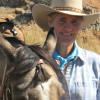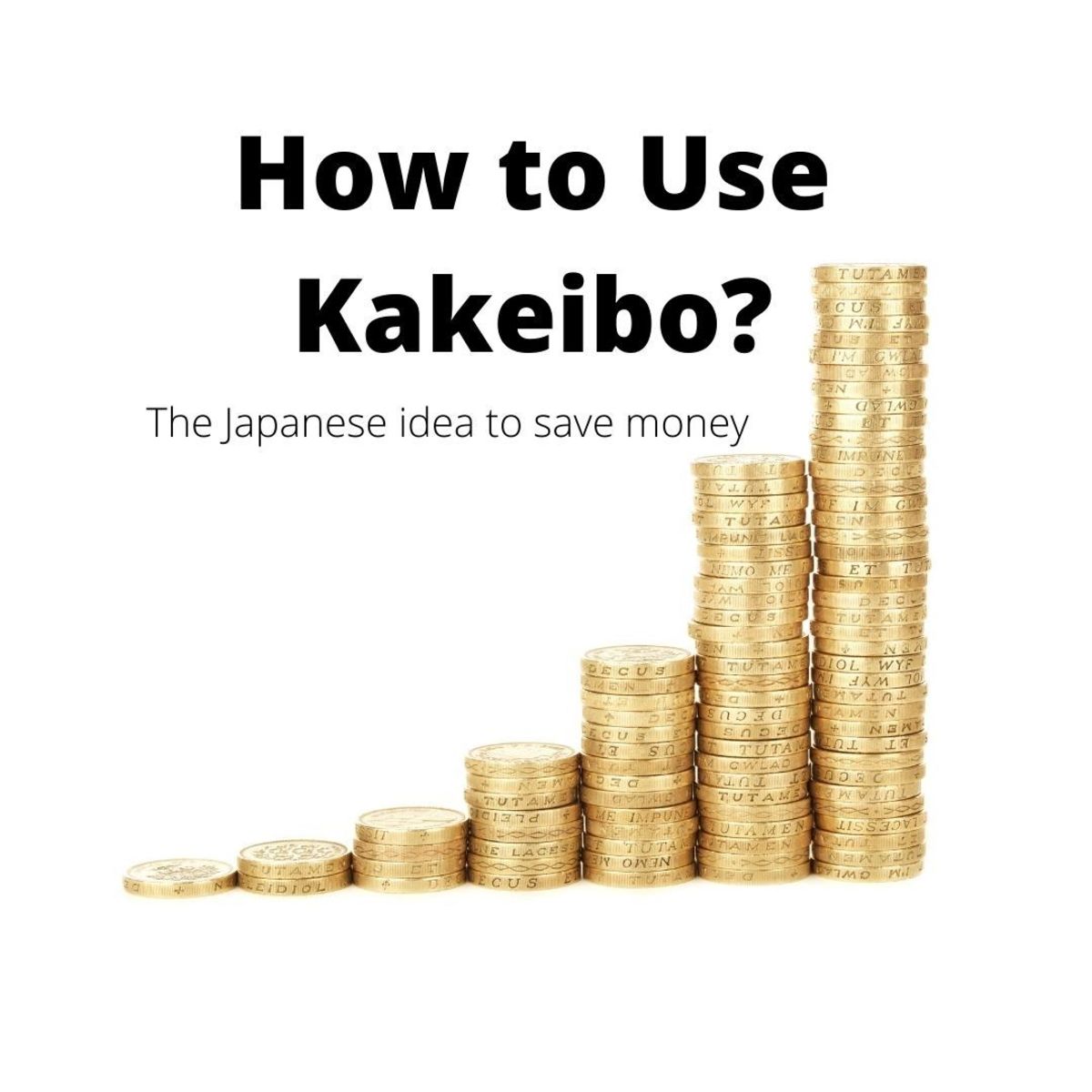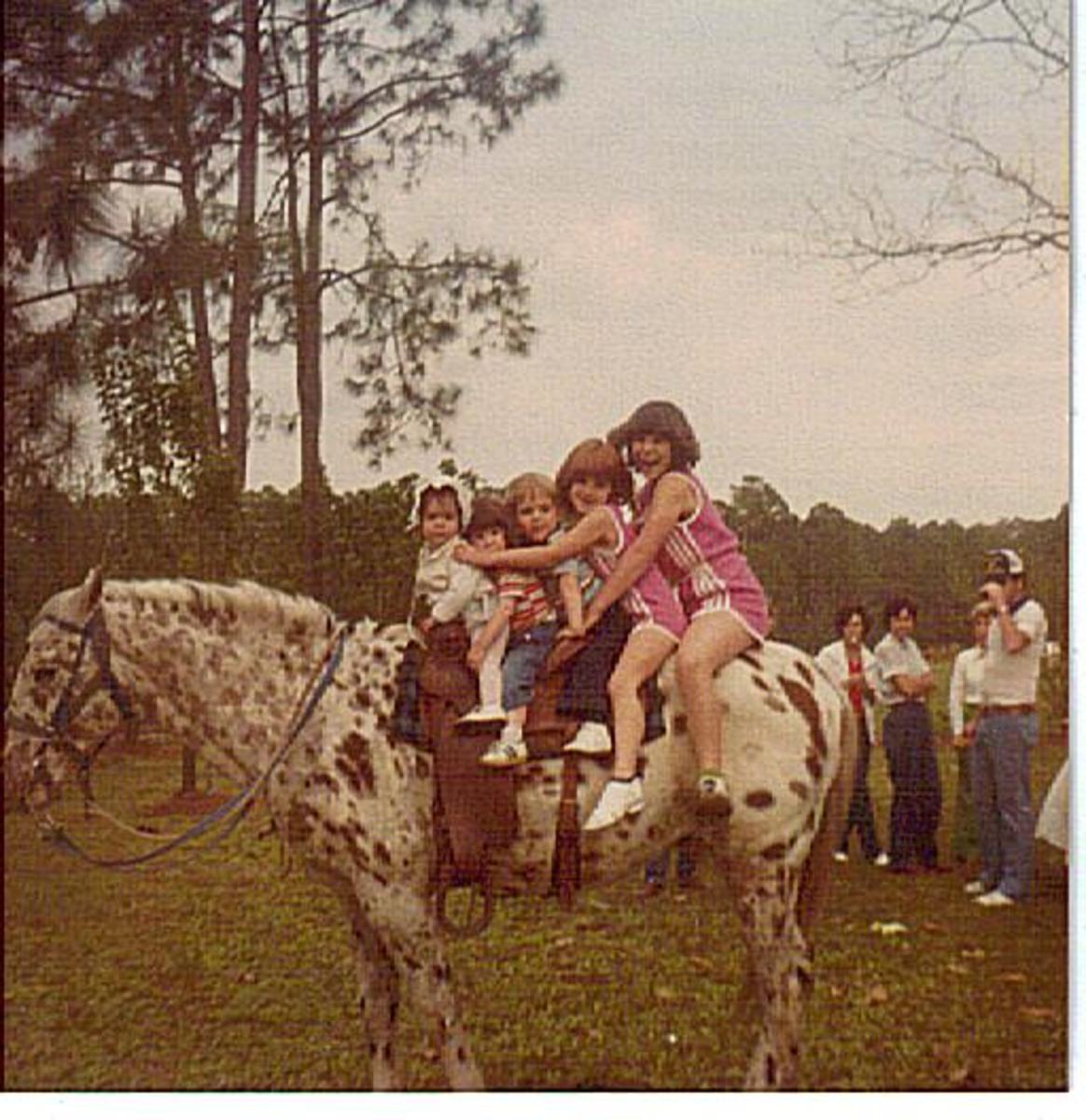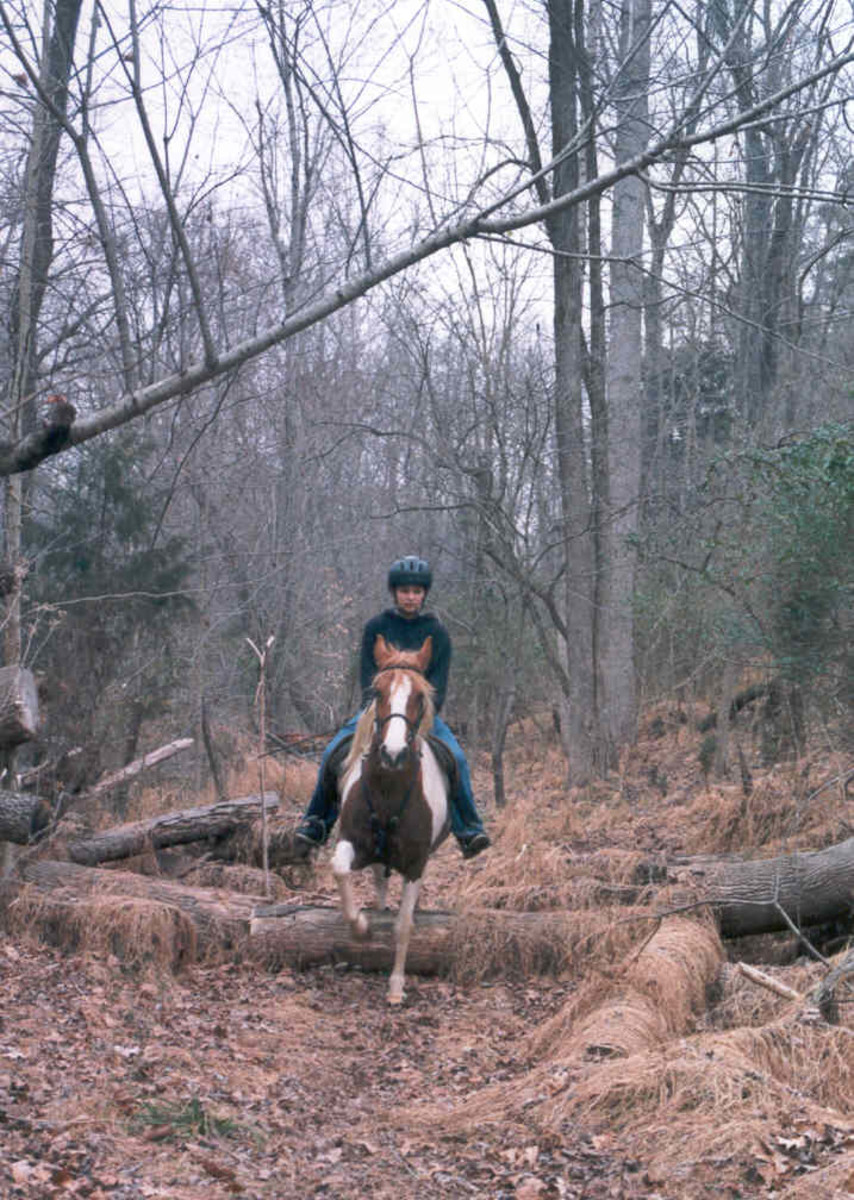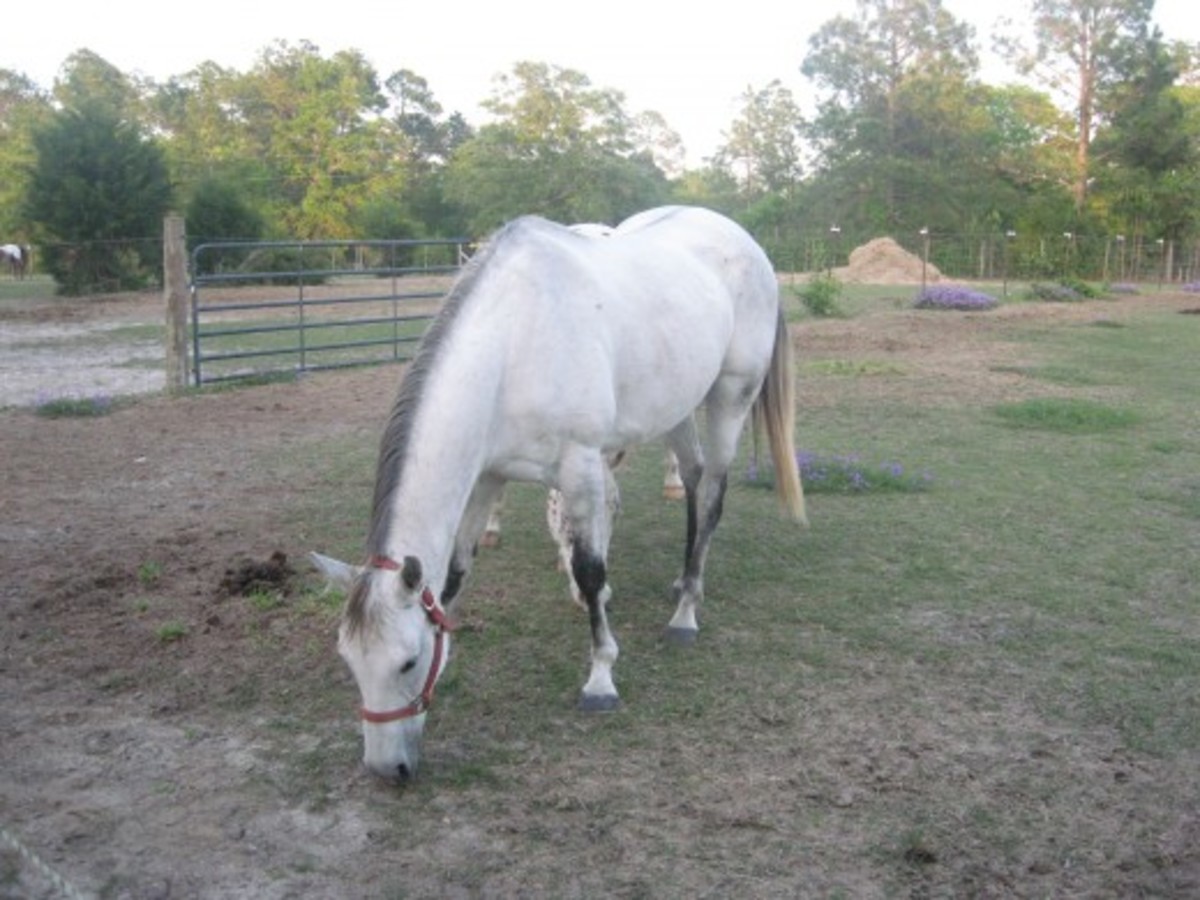How to Save Money on Your Horse Expenses
My my, hay hay!
It's been a rough few years for horse owners. The recession has affected all of us, and has particularly hurt our horses -- most of us have seen first-hand examples of horse abandonment, neglect, and euthanization directly related to the economic crisis. Those of us who provide quality care for our horses have had to cut back in many ways, and those who've rescued horses during the recession have had to stretch our previous barn budget even further.
About three years ago, I recall paying $8.50 to $10.50 for a three-wire bale of hay. Bermudagrass and alfalfa, the two hays I feed, were close to the same price. Then, hay prices went hay wire. Bermuda hay was hit the hardest, with prices rising to $22 a bale at the peak. Alfalfa was regularly $18 or $19 per bale. I began to worry that the prices weren't the worst of it, but that the hay itself was going to become unavailable. What do you feed a barn-full of hungry 1,200 pound horses when there's no hay or pellets to be found?
Pellets, of course, rose even faster in price. Grains were not immune to the increases, either -- but proportionately they didn't rise as fast. Prices have come down somewhat since the peak of the increase, but they're still painfully high. As an example: currently (and it changes daily), I'm paying $14.50 for bermuda hay, $14.00 for alfalfa, $11.00 for a 50-lb. sweet feed, and $18.00 for a 50-lb. bag of senior diet.
Although the figures I cite are from my own area, I realize that horse owners everywhere are affected -- not just in my state, not just in my country, and not just on my continent. Any figures are provided as a basis of comparison only. It is the suggestions I offer that I hope will be helpful to you and to your horses in saving money and, as a result, saving some darned good horses.
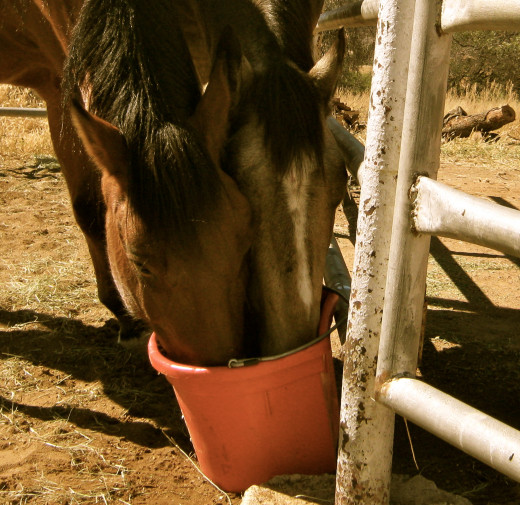
Horses Don't Drink Starbucks.
It seems that every "save money" article suggests, "make coffee at home instead of buying at Starbucks." That's great if you're a coffee drinker and a Starbucks fan. It doesn't help if we're trying to cut our barn expenses, though!
Here are some realistic ways you can shave dollars off your feed-store totals. There's a lot of compromise involved; you can't reasonably make a significant impact without cutting "service" to your horses somewhat. You can, however, make it possible if you don't look at it as an all-or-nothing proposal.
Keep Your Horses Healthy.
First and foremost, it doesn't help to pinch pony pennies if your horse gets sick and requires expensive veterinary care. You must commit to keeping them healthy -- including dental care, hoof care, and abundant feed and water. Not only is this for the good of the horse, it's for the good of your wallet. If you scrimp on psyllium in a sandy location and your horse gets sand colic, you'll wish you'd spent the $200 emergency vet bill on psyllium for the entire barn instead. Pass up that West Nile vaccination and, should your horse be infected, you'll be saying goodbye to your horse or spending literally thousands of dollars on care.
Horse maintenance is like car maintenance. The horse repair job will always cost far more than the maintenance expense you pay in advance. Commit to saving elsewhere, but never scrimp on vaccinations, shoeing, dental care, wormers, and (where appropriate) sand-prevention remedies.
Ditch (or Decrease) Delivery Costs.
This one isn't for everyone. Not all of us want to, or are able to, lug around 110-lb. bales of hay or 80-lb. bags of pellets. Some people don't have trucks, and not everyone wants to shove a bale of hay in the trunk of their car. Even if we must have it delivered, though, we can save some money by ordering more at one time.
If you currently pay for your hay to be delivered, though, and you DO have the muscles and truck, skip the delivery and save on those fees every time you buy hay. Sure, you know it might cost $15 to $30 every time that feed store truck rolls up your drive. Have you ever done the math, though? Let's say you order six bales of hay, and you pay a mere $15 in delivery fees. That's an extra $2.50 PER BALE for delivery. If I do have my hay delivered, I have it delivered in lots of 24 bales. That drops my delivery fee to under .63 per bale. If I go through 60 bales per month, as I currently do, that simple change reduces my fees from $150 per month (pro-rated) to $37.50 per month. Now THAT'S a difference. If I pick up all my own hay, I save that $150 entirely.
I can save even more by ordering a split or squeeze of hay, but that is impractical or impossible for many horse owners, so I will not elaborate on it.
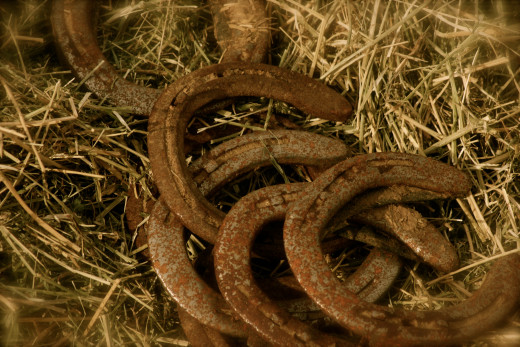
Excellent Hoof Boots for the Barefoot Horse
Shoo High Shoeing Costs
If you can't afford to keep shoes on your horse, have the shoes pulled and keep those trimmings on schedule! Sometimes the best course of action is shoeing the front feet only and leaving them bare in back, as they're more likely to abscess or have unsoundness issues in the front feet. Letting your horse go barefoot all around will save you about 50 - 55% over all-round shoeing; you'll likely save 30 - 35% by shoeing only the front. If you choose to leave your horse completely barefoot, you may also be able to go slightly longer between farrier visits IF your horse wears his own hooves down in a balanced manner.
My farrier charges $110 for a full set of shoes. To trim my barefoot horses, he charges $50. If I let one horse go barefoot, I save $60 per session -- which translates to $30 per month if they're on an 8-week schedule. That's $300 / month for the ten horses I usually have. That adds up to $3,600 per YEAR. If you have just one horse and you can save $30 per month, you save $360 per year -- which is still a good deal of money, and you don't even need to give up that proverbial cup of Starbucks!
A side note to those who think it's less expensive to keep a barefoot horse and use horse boots (such as Old Macs) when riding on rocky terrain: it may not necessarily be true. I love the idea of barefoot horses when it's possible and healthy for the particular horse involved, and I do love those Old Mac boots. I used them for years on a variety of horses over a variety of terrain, and I found them very effective. Unfortunately, though, for the amount of riding I did, I found them more expensive than nail-on steel shoes. My horses wore them out on the rugged, rocky desert landscape very quickly. I always keep them on hand, and I recommend them for those occasional riders who may need a little extra protection for certain horses -- but do realize they are an expensive alternative if you ride regularly. If you do use protective boots, look for them on sale and snatch them up!
Do Your Own Vaccinations.
One of the highest (and usually unbudgeted) expenses we face is visits from our veterinarian. My horse vet charges $55 for the initial (non-emergency) call. My most-recent vaccinations were $25 each for the four-way combination vaccination, $35 each for West Nile vaccine, and $25 for rabies vaccine. Suppose I had just one horse: I'd be paying a whopping $115. (Vaccinations, of course, vary by area and need. Add in the strangles nasal vaccination, delete the rabies, and so forth depending on your area -- but you get the point.)
I have been in the habit of calling my vet for two routine visits per year, in which we check everyone over for dental, general health, sheath-cleaning and other routine needs. I've had up to ten horses here for most of the year. You can see how these figures add up -- and they're just the minimum. Some horses required Coggins' tests and travel inspections; others required care for injuries or lameness; and a couple of new ones needed an all-points tune-up.
Since I am perfectly capable and experienced in administering my own injections, I recently bought a ten-dose vial of the 4-way combination vaccine including VEE. It cost $142.00 plus $15.00 shipping (which also covered an additional vaccination for a pregnant mare). Now we've reduced the cost per horse for basic spring shots from $80.00 to $15.70. I will give the West Nile Virus later, but anticipate similar savings. Note: I do have syringes on hand, and have not figured in the nominal cost of ten needles and syringes, which I buy by the 100 for better savings.
If I were unable to give my own shots, and had to rely on a veterinarian to do so, just the shots my pregnant mare would require throughout the duration of gestation would cost in the area of $330 for four veterinary visits to administer rhino shots, pre-foaling spring shots, and the call-out fees. I can do it myself for a total of $60. I'l save $270 for just this mare, foal-related care only. That's an amazing figure, isn't it? And yet so few people administer their own shots.
If the idea of giving vaccinations troubles you, let me assure you that giving IM (intra-muscular) injections is so easy, you'll kick yourself for not doing so before. Your veterinarian will usually be happy to teach you how. If you are still leery, odds are that you have a horse-owning friend nearby who would be happy to give those shots for you.
Please note: all injectibles and other remedies referenced within this article are non-prescription veterinary pharmaceuticals.
Items to Keep on Hand
Educate Yourself on Basic First Aid and Wound Care
You'll also save quite a bit on veterinary care if you know how to treat the typical scratch-and-scrape injury yourself. Long ago I took a few college courses in equine health, and I spent a considerable amount of time in the company of veterinarians who taught me even more. (I had the benefit of working as a small-animal veterinary technician for a while, as well as working professionally with horses for the past few decades -- so I picked up a little more along the way.) That knowledge has saved me a bundle of money. I am fortunate to have a tremendous veterinarian with whom I've got a great working relationship, and he often "walks me through" basic injury care.
Just think about that $55 basic call, and the additional $35 lameness diagnostic fee. That's $90 right there that I save every time I know how to treat a hoof abscess or a minor laceration. Buy a couple of good home veterinary guides -- I recommend the three listed below. Avail yourself of every opportunity to learn. It will save you money.
Three Outstanding Home Veterinary References
Buy Generic and Buy Bulk!
I have a few horses, as I've mentioned. The past year was an awful one for parasite control. It seemed that no sooner had I treated the barn, then I would see evidence of threadworms and pinworms. Eww! At one point I rushed to the feedstore after finding wigglers in a pile of manure, and paid $22 for the best broad-spectrum tube of wormer they had -- only to see it available later through Valley Vet for nearly half the price, and even less if I bought six at a time
Recently I stocked up for the first worming of the year. Again, I visited my old reliable Valleyvet.com and found a promotion for ivermectin paste. It was on sale for $2.50 per tube, and if you bought six, you'd get one free. I bought 12 tubes for a total of $30, and got two tubes free -- so I paid an average of $2.14 each for those ivermectin pastes! Guess what else? Shipping was free. That's some serious saving.
If you only have one horse, see if your friends or horse acquaintances will split an order with you. Last year I bought a lot of wormers of various types, each of them in bulk so I got the lowest prices, no shipping costs, and occasional freebies with them. Friends bought in for the same low price. By sharing our order, we saved a lot of money.
I also buy a coat-polish for brushing out manes and tails without fighting tangles. It's a luxury, and I could certainly save even more by not buying those products at all -- but they make my life easier and my horses shinier, so there's always a bottle in the barn. I've been a Show-Sheen fan for 30 years. To keep costs down, I always bought it by the gallon -- a considerable savings over a quart. This past month, I stocked up, but I gave Weaver Sheen a try. A gallon was $27.50. I have to admit, I love it. It's every bit as good as Show Sheen, but at a savings -- and with a very pretty scent. As a basis for comparison, using Valley Vet's prices, look at these numbers: If you buy Show Sheen by the quart, you pay $15.50 or about .48 per ounce. If you buy it by the gallon, you pay $31.50 or about .25 per ounce. Buy Weaver Sheen, and you pay $11.75 per quart, about .37 per ounce. Buy a gallon, and you pay $27.50, a little under .22 per ounce. Now look at the savings between Show Sheen by the quart and Weaver by the gallon: you SAVE .26 per ounce, which is a 54% savings!
It goes without saying that you should always buy your fly-control products by the gallon, as well. Buy a cheap plastic funnel, refill those spray bottles (make sure they're properly labeled) and save those dollars.
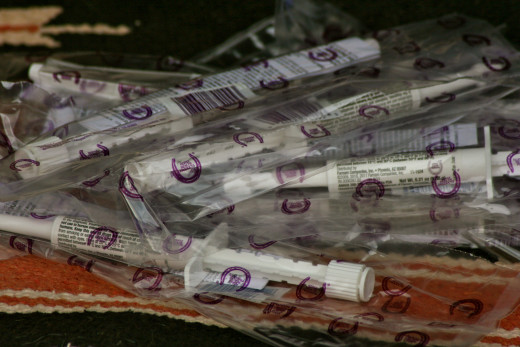
Streeeeeetch Your Grain Dollars.
This one's a more drastic cost-reduction effort. Certainly, you already know you can save a bundle by feeding a cheaper-quality grain, or skipping grain altogether. It's not an all-or-nothing matter, though.
Here are a couple of ideas for reducing your overall grain bill.
- Consider blending one bag of cheaper grain with each bag of premium grain. Let's say your premium grain is $22 / bag. Blend it with a $10 bag of the same size. You'll go from $44 / 100 lbs. to $32 / 100 lbs., and your horse will not have the same drastic switch from premium to cheap. It's an easy savings and you give up little.
- If you're really in dire straits, consider skipping grain every other day, or reducing the rations. Better for your horse to have some now and then than to have none at all.
- Make sure you're eliminating any potential waste. That means ensuring your horse's teeth are properly cared for, so half the grain doesn't end up on the barn floor for the mice to eat. Seal your grain in tight bins or cans so the birds and rodents don't get in. Make every oat count!
- If you have to skip grain entirely, don't worry. Your horse won't die and, as my vet often says, will likely be the better for it. Adequate forage is first and foremost in their diet.
Sum Up the Savings.
Many of the savings above will save you 35% - 55% if applied. Imagine if you could save 35 - 55% on every expense you have. That's a tremendous amount of money. If you currently spend an average of $250 a month for basic expenses related to one horse (these figures vary widely!) imagine if you could save 35 - 55% -- that's a savings of $87.50 to $137.50 per month!
I don't mean to imply that you WILL save this much on a consistent basis. I will promise, though, that if you don't already use any of the above practices, and you switch to some of them, you WILL save a considerable amount of money. How much you save is up to you, the fickle gods of hay prices, regional factors, and the needs of your own special horse. I hope you can adopt some of these to ease the burden on your checkbook.
Copyright (c) 2013 by MJ Miller
All rights reserved. No part of this article may be reproduced or reprinted without written permission of the author. This link may, however, be freely shared.
